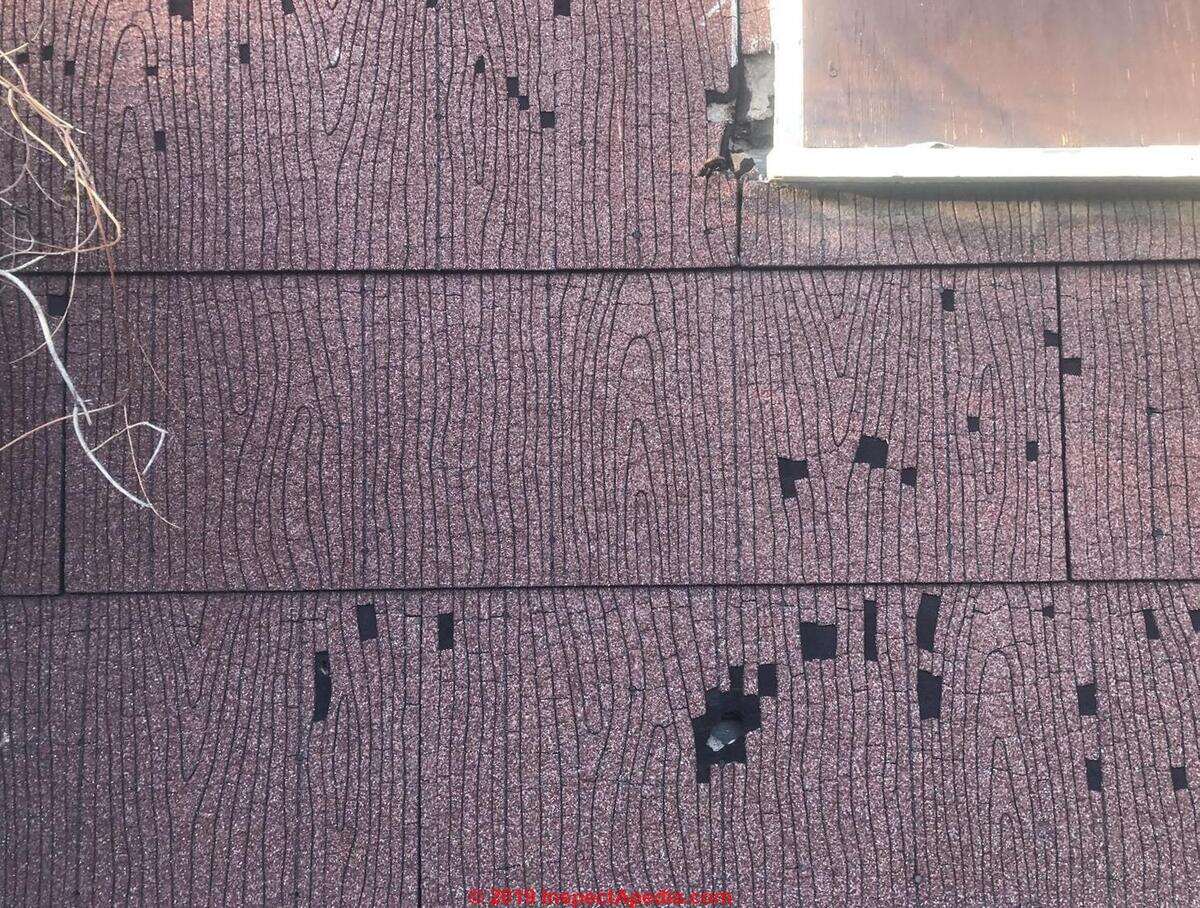

Articles
How To Tell If Siding Is Asbestos
Modified: May 6, 2024
Learn how to determine if the siding on your property contains asbestos with informative articles and expert advice. Safeguard your health and make an informed decision.
(Many of the links in this article redirect to a specific reviewed product. Your purchase of these products through affiliate links helps to generate commission for Storables.com, at no extra cost. Learn more)
Introduction
Asbestos has long been recognized as a dangerous substance that poses serious health risks when it is disturbed and its fibers are released into the air. Widely used in construction materials, asbestos was commonly utilized in siding installations for its fire resistance, insulation properties, and durability.
However, with the knowledge of its harmful effects on human health, the use of asbestos has been heavily regulated and banned in many countries. It is crucial for homeowners and contractors to be able to identify if their siding contains asbestos in order to take the necessary precautions for safe handling and removal.
In this article, we will explore the nature of asbestos, its health hazards, and provide guidance on how to determine if your siding contains asbestos. We will also discuss the measures to take for testing, removing, and remediating asbestos siding in a safe and responsible manner. Let’s dive in and learn how to tell if siding is asbestos!
Key Takeaways:
- Identifying asbestos siding is crucial for safe handling. Visual inspection and professional testing are essential steps to ensure the presence of asbestos, protecting health and complying with regulations.
- Asbestos removal and remediation require licensed professionals. Proper containment, wetting, and thorough decontamination are vital for safe removal, protecting occupants and the environment.
Read more: How To Tell If Ceiling Tiles Are Asbestos
What is asbestos?
Asbestos is a naturally occurring mineral that is composed of microscopic fibers. It was widely used in various industries, including construction, due to its desirable properties such as heat resistance, strength, and durability.
Asbestos comes in several forms, with the most common being chrysotile, amosite, and crocidolite. Chrysotile, also known as white asbestos, is the most commonly used form and can be found in many building materials.
The use of asbestos in construction materials was most prevalent between the 1940s and the 1980s. It was commonly used in siding, roofing materials, insulation, tiles, and many other applications. Its fire resistance and durability made it an attractive choice for these purposes.
However, the dangers of asbestos were not fully understood at the time. It was later discovered that when asbestos-containing materials are disturbed or damaged, tiny fibers are released into the air and can be inhaled or ingested. These fibers can become lodged in the lungs or other organs and can lead to serious health issues, including lung cancer, mesothelioma, and asbestosis.
Due to its hazardous nature, the use of asbestos has been heavily regulated and banned in many countries. In the United States, for example, the Environmental Protection Agency (EPA) regulates the management and removal of asbestos to protect both workers and the general public from its harmful effects.
It is important to note that asbestos-containing materials are generally safe if they are in good condition and not disturbed. However, any renovation or demolition work that involves asbestos-containing materials can release fibers into the air, presenting a significant health risk.
Now that we have a basic understanding of what asbestos is and the risks it poses, let’s explore the dangers associated with asbestos exposure in more detail.
The dangers of asbestos
Exposure to asbestos can have severe health consequences. When the fibers are inhaled or ingested, they can become lodged in the body’s tissues and cause long-term damage. The following are some of the health risks associated with asbestos exposure:
- Lung cancer: Asbestos exposure is a major risk factor for developing lung cancer. The fibers can irritate and scar the lung tissues, leading to the development of cancerous cells.
- Mesothelioma: Mesothelioma is a rare and aggressive form of cancer that affects the lining of the lungs, abdomen, or heart. It is primarily caused by asbestos exposure, and its symptoms usually appear 20 to 50 years after the initial exposure.
- Asbestosis: Asbestosis is a chronic lung condition caused by prolonged exposure to asbestos. It is characterized by the scarring of lung tissue, which can result in breathing difficulties, persistent coughing, and decreased lung function.
- Pleural plaques: Pleural plaques are areas of scar tissue that may form on the lining of the lungs or diaphragm as a result of asbestos exposure. While they are not cancerous, pleural plaques indicate prior asbestos exposure and can increase the risk of developing other asbestos-related diseases.
- Other cancers: In addition to lung cancer and mesothelioma, asbestos exposure has been linked to other forms of cancer, including ovarian cancer, laryngeal cancer, and gastrointestinal cancers.
It is important to note that the health risks associated with asbestos exposure depend on various factors, including the duration and intensity of exposure, the type of asbestos fibers involved, and individual susceptibility.
Since the health effects of asbestos exposure are serious and often irreversible, it is crucial to take all necessary precautions when dealing with materials that may contain asbestos.
Next, we will explore common areas where asbestos siding may be found and how to visually inspect for asbestos in your siding.
Common areas where asbestos siding may be found
Asbestos siding was a popular choice for residential and commercial buildings due to its durability and fire-resistant properties. If your property was built between the 1940s and the 1980s, there is a possibility that it may contain asbestos siding. Here are some common areas where asbestos siding may be found:
- Exterior walls: Asbestos siding was commonly used as an exterior cladding material. It was popular for its resistance to fire, insects, and rot. Exterior walls, especially those with a textured or shingle-like appearance, may be covered in asbestos siding.
- Soffits and fascia: Soffits and fascia are the areas that connect the roof overhang to the walls of a building. Asbestos-containing materials, including siding, might be present in these areas, especially if they are made from a cement-based material or have a textured surface.
- Gables: Gables are the triangular portions of a wall that are formed by the intersection of two roof slopes. Asbestos siding may be installed on gables to provide a consistent look and protection.
- Garage and sheds: Asbestos siding was commonly used on detached structures such as garages and sheds. These areas may have been constructed using asbestos-containing materials, including siding.
- Utility areas: Utility areas, such as laundry rooms, utility sheds, or mechanical rooms, may have asbestos siding. These areas typically have exposed pipes, ducts, or electrical panels that require fire-resistant cladding, making asbestos an attractive choice.
It is important to note that asbestos siding may not be immediately visible as it is often covered with layers of paint or other materials. Therefore, it is crucial to visually inspect the siding for any signs of asbestos-containing materials before undertaking any renovation or demolition work.
Next, we will discuss how to visually inspect your siding for signs of asbestos.
Visual inspection for asbestos siding
Performing a visual inspection is the first step in determining if your siding contains asbestos. However, it is important to note that visual inspection alone cannot provide a definitive confirmation. To be 100% certain, it is recommended to collect samples for testing by a certified laboratory. Nonetheless, a visual inspection can help you identify potential asbestos-containing siding. Here are some steps to follow:
- Observe the age of your property: If your property was built between the 1940s and 1980s, there is a higher likelihood that the siding may contain asbestos. This is the period when asbestos was commonly used in construction materials.
- Inspect the exterior surfaces: Look closely at the exterior surfaces of your home or building. Asbestos siding is typically flat, with a smooth or textured finish resembling shingles or plywood. It may be gray, white, or a light pastel color.
- Examine the edges: Carefully examine the exposed edges of the siding. Asbestos cement siding often has visible fiber reinforcement along the edges. If you notice a fibrous appearance along the cut edges, it may suggest the presence of asbestos.
- Check for manufacturer labeling: Look for manufacturer labels or markings on the siding. Some manufacturers may have indicated if their siding contains asbestos. However, keep in mind that not all asbestos-containing siding was labeled.
- Assess the condition: Take note of the overall condition of the siding. Asbestos cement siding tends to be durable and long-lasting. However, if it shows signs of damage, such as chipping, cracking, or deterioration, it may release asbestos fibers into the air.
- Consult with professionals: If you are unsure or hesitant about conducting a visual inspection yourself, it is always recommended to consult with professionals. Asbestos inspectors and abatement contractors have the expertise and equipment to accurately assess the presence of asbestos in your siding.
Remember, a visual inspection can provide clues but is not a definitive test for asbestos presence. To confirm the presence of asbestos, it is crucial to collect samples and have them tested by a certified laboratory. In the next section, we will discuss the process of collecting samples for testing.
Look for signs of asbestos in older siding such as a cement-like texture, a grayish color, and a smooth, flat surface. If you suspect asbestos, have it tested by a professional before disturbing it.
Collecting samples for testing
Collecting samples for testing is a crucial step in determining whether or not your siding contains asbestos. It is important to handle the sampling process carefully to minimize the risk of fiber release. Here are some steps to follow when collecting samples for testing:
- Prepare safety equipment: Before collecting samples, it is essential to equip yourself with the necessary safety equipment. This includes wearing a disposable coverall, gloves, safety goggles, and a mask rated for asbestos.
- Isolate the area: Begin by isolating the area where you plan to collect the sample. Close off the room or area, and ensure that there is no air draft that could disperse any fibers released during the sampling process.
- Moisten the area: Spraying a water mist on the area you will be sampling helps to minimize the release of fibers. Asbestos fibers are less likely to become airborne when wet or damp.
- Use a sharp knife or chisel: Carefully cut or scrape a small sample of the siding material. Take the sample from an inconspicuous area or a damaged portion where the asbestos fibers may be more exposed.
- Place the sample in a sealable bag: After collecting the sample, place it in a sealable bag. Double-bagging the sample is recommended to ensure proper containment and avoid any cross-contamination.
- Label the bag: Clearly label the bag with relevant information such as the date of collection, the location of the sample, and your contact information. This will help in the identification process and communication with the testing laboratory.
- Dispose of the materials: Seal off the area where the sample was collected and clean up any debris or waste. Follow local regulations for the proper disposal of any materials used during the sampling process.
It is important to note that collecting samples for testing should be done with caution. If you are unsure or uncomfortable with the sampling process, it is highly recommended to hire a professional asbestos inspector to collect the samples for you. They have the experience and knowledge to safely handle asbestos-containing materials and ensure accurate testing.
In the next section, we will discuss the option of hiring a professional asbestos inspector to assess your siding for asbestos content.
Hiring a professional asbestos inspector
When it comes to determining the presence of asbestos in your siding, hiring a professional asbestos inspector can provide you with accurate and reliable results. These inspectors are trained and certified to handle asbestos-containing materials and conduct thorough assessments. Here are some reasons why hiring a professional asbestos inspector is beneficial:
- Expertise and experience: Professional asbestos inspectors have extensive knowledge and experience in identifying asbestos-containing materials. They are trained to recognize different types of asbestos and can accurately assess the presence and condition of asbestos in your siding.
- Proper sampling techniques: A certified asbestos inspector knows how to collect samples safely and without risking fiber release. They use proper containment procedures and personal protective equipment to minimize any potential health hazards during the sampling process.
- Accurate testing: Inspectors work with certified laboratories that specialize in asbestos testing. They will ensure that your samples are analyzed accurately, giving you reliable results that can guide your decision-making process.
- Comprehensive assessment: An asbestos inspector will not only evaluate your siding but also assess other areas of your property where asbestos-containing materials may be present. They can identify potential sources of exposure and provide recommendations for proper remediation measures.
- Legal compliance: Hiring a professional asbestos inspector ensures that you are in compliance with local regulations and requirements. They understand the regulations surrounding asbestos management and can guide you through the necessary steps for handling and removing asbestos-containing materials.
- Peace of mind: By hiring a professional asbestos inspector, you can have peace of mind knowing that your property has been thoroughly assessed for asbestos. This allows you to make informed decisions regarding any necessary remediation or renovation projects.
When hiring an asbestos inspector, be sure to choose a reputable and certified professional with a solid track record. Look for certifications such as the National Institute for Occupational Safety and Health (NIOSH) or the Asbestos Hazard Emergency Response Act (AHERA) certification.
Remember, asbestos inspections should be conducted by qualified professionals to ensure accurate results and protect your health and the environment. In the following section, we will delve into the process of asbestos removal and remediation.
Understanding asbestos removal and remediation
Once it has been determined that your siding contains asbestos, it is important to understand the process of asbestos removal and remediation. Asbestos removal should only be carried out by trained and licensed professionals to minimize the risk of exposure and ensure proper disposal. Here are some key points to understand about asbestos removal and remediation:
- Hire a licensed asbestos abatement contractor: When it comes to asbestos removal, it is crucial to hire a licensed asbestos abatement contractor. These professionals have the necessary training, equipment, and expertise to safely remove and dispose of asbestos-containing materials.
- Develop an asbestos management plan: Before any work begins, a comprehensive asbestos management plan should be developed. This plan outlines the specific procedures and safety measures that will be followed during the removal and remediation process.
- Isolate the work area: The work area should be properly sealed and isolated to prevent the spread of asbestos fibers. This may involve the use of plastic sheeting, negative air pressure systems, and HEPA filtration to contain and filter the air.
- Wet the materials: Asbestos-containing materials should be thoroughly wetted before removal. This helps to prevent the release of fibers into the air. Water is typically mixed with a surfactant to improve the wetting and adhesion capabilities.
- Use appropriate personal protective equipment: During the removal process, workers must wear personal protective equipment (PPE) to minimize exposure. This includes respirators, disposable coveralls, gloves, and boot covers to prevent the inhalation or contact with asbestos fibers.
- Careful removal and disposal: The asbestos-containing siding should be carefully removed without causing any damage or excessive disturbance. The materials should be placed in leak-proof, properly labeled containers to ensure safe transportation and disposal in accordance with local regulations.
- Thorough site decontamination: After the removal is complete, the work area should undergo thorough decontamination. This involves wet cleaning surfaces, vacuuming with HEPA filters, and proper disposal of all PPE and equipment used during the process.
- Post-removal air testing: Once the asbestos has been removed, it is recommended to conduct post-removal air testing to ensure that the air quality meets the appropriate standards and that no residual asbestos fibers remain.
It is worth noting that asbestos removal can be a costly and complex process. In some cases, encapsulation or encasement methods may be used instead of complete removal, depending on the condition of the siding and the level of risk involved. Consulting with an asbestos abatement professional will help determine the most appropriate course of action for your specific situation.
By following proper asbestos removal and remediation procedures, you can ensure the safety of yourself, your household, and the environment. In the concluding section, we will summarize the key points discussed and emphasize the importance of handling asbestos-containing materials responsibly.
Conclusion
Identifying and handling asbestos-containing siding requires caution, knowledge, and adherence to safety protocols. Asbestos, a hazardous material commonly used in older construction materials, poses serious health risks when its fibers are released into the air and inhaled. This is why it is crucial to be able to determine if your siding contains asbestos.
In this article, we explored what asbestos is, its health dangers, common areas where asbestos siding may be found, and how to visually inspect for signs of asbestos in your siding. We also discussed the importance of collecting samples for testing and the option of hiring a professional asbestos inspector to accurately assess the presence of asbestos. Furthermore, we emphasized the significance of understanding the asbestos removal and remediation process, which should be carried out by licensed professionals to ensure the safety of occupants and the environment.
Handling asbestos-containing materials responsibly is of utmost importance. It is crucial to follow all necessary safety precautions when dealing with asbestos, including wearing proper personal protective equipment, isolating work areas, and working with licensed professionals. Ignoring or mishandling asbestos can lead to serious health consequences and legal implications.
If you suspect that your siding contains asbestos, it is recommended to consult with professionals who specialize in asbestos testing and abatement. They can guide you through the process of determining the presence of asbestos, performing the necessary remediation, and ensuring compliance with local regulations.
Remember, the health and safety of yourself and others should always be the top priority when dealing with asbestos. By being proactive and responsible, you can protect yourself and your loved ones from the hazards associated with asbestos exposure.
Curious about what exactly lines your home's exterior? Dive deeper with our detailed discussion on asbestos siding. Next, if you're considering upgrades, don't miss our expert roundup on home renovation, highlighting the top choices for hardwood floors. And for those involved in building projects, understanding construction safety is crucial to ensure everyone's well-being on site. Each guide offers practical advice and insights to help you make the best decisions for your space and safety.
Frequently Asked Questions about How To Tell If Siding Is Asbestos
Was this page helpful?
At Storables.com, we guarantee accurate and reliable information. Our content, validated by Expert Board Contributors, is crafted following stringent Editorial Policies. We're committed to providing you with well-researched, expert-backed insights for all your informational needs.
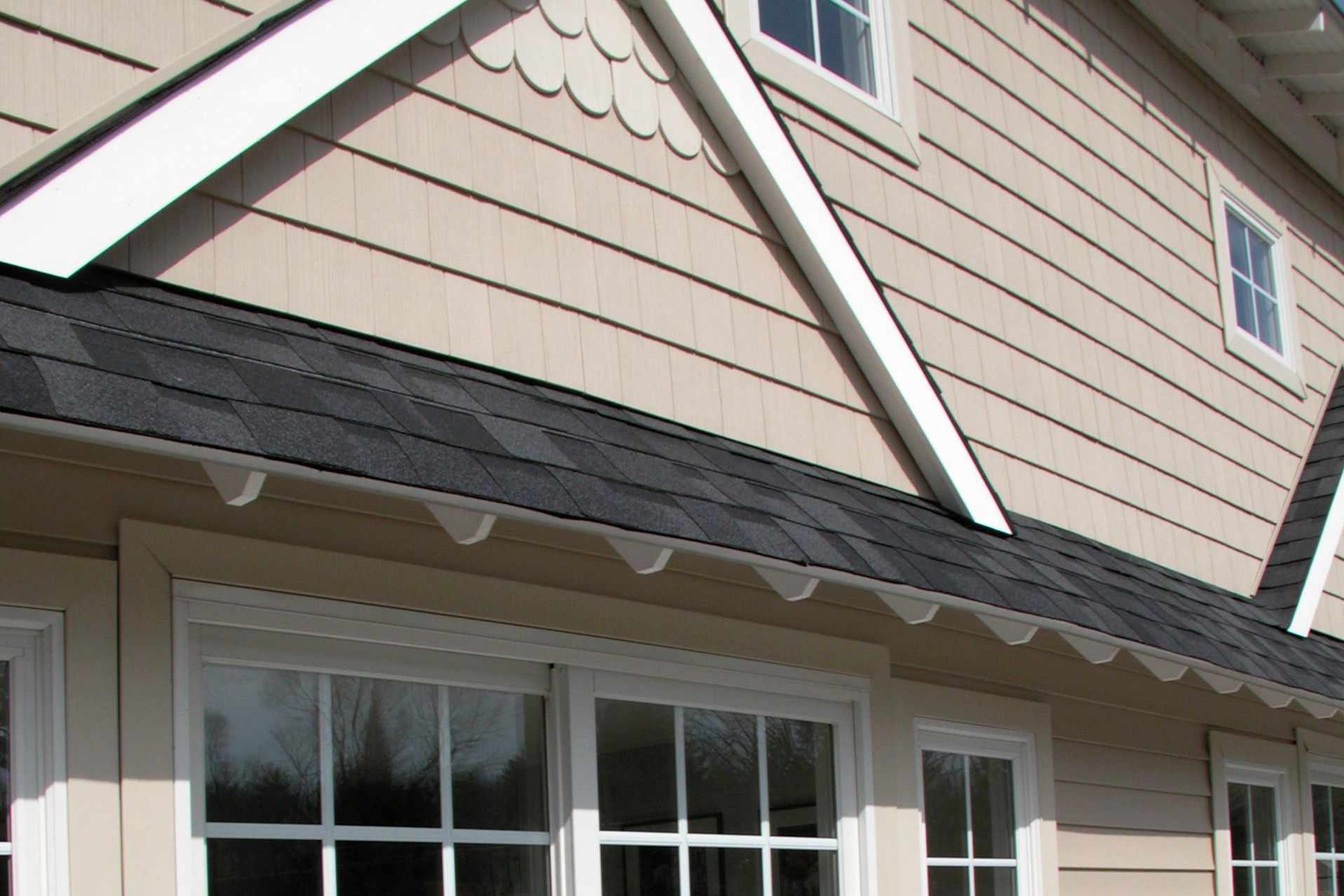
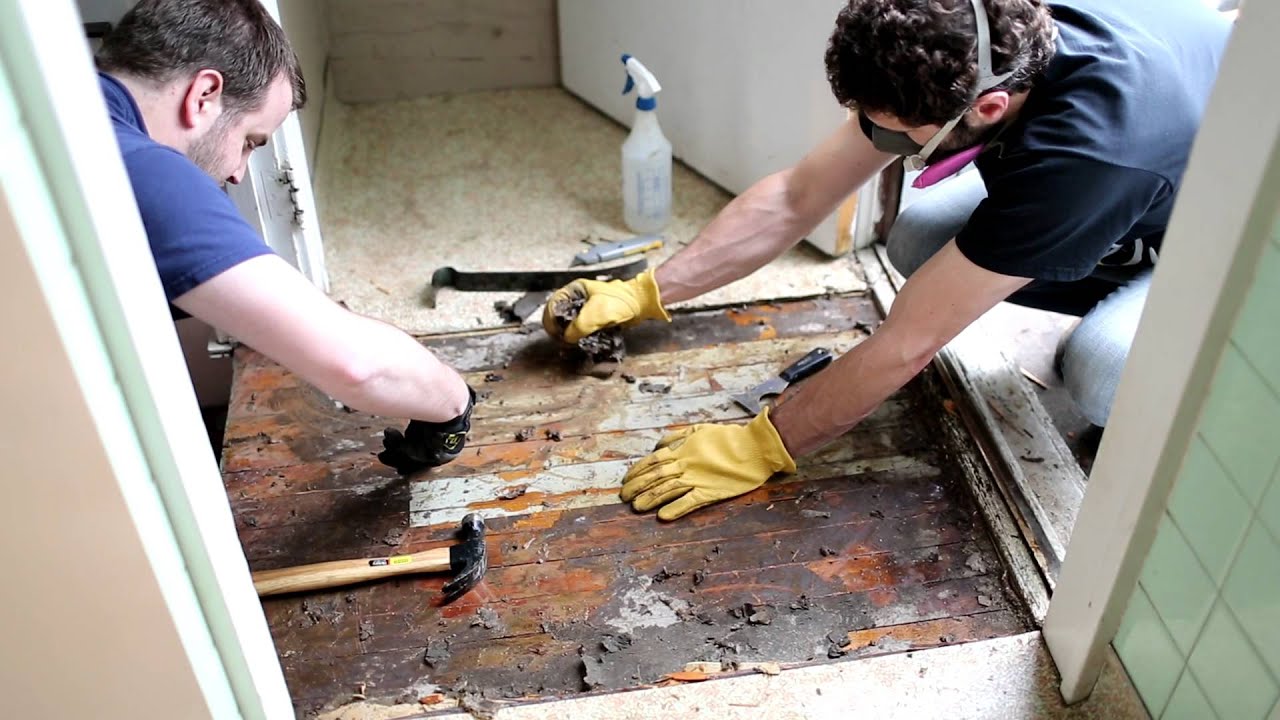
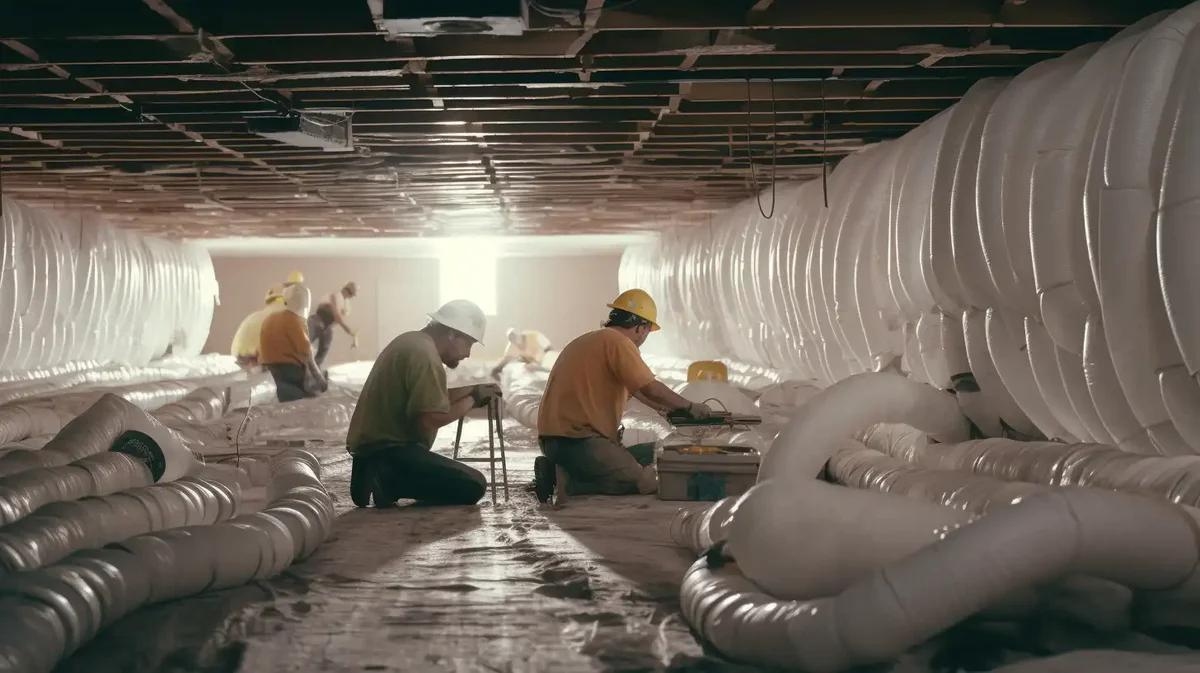
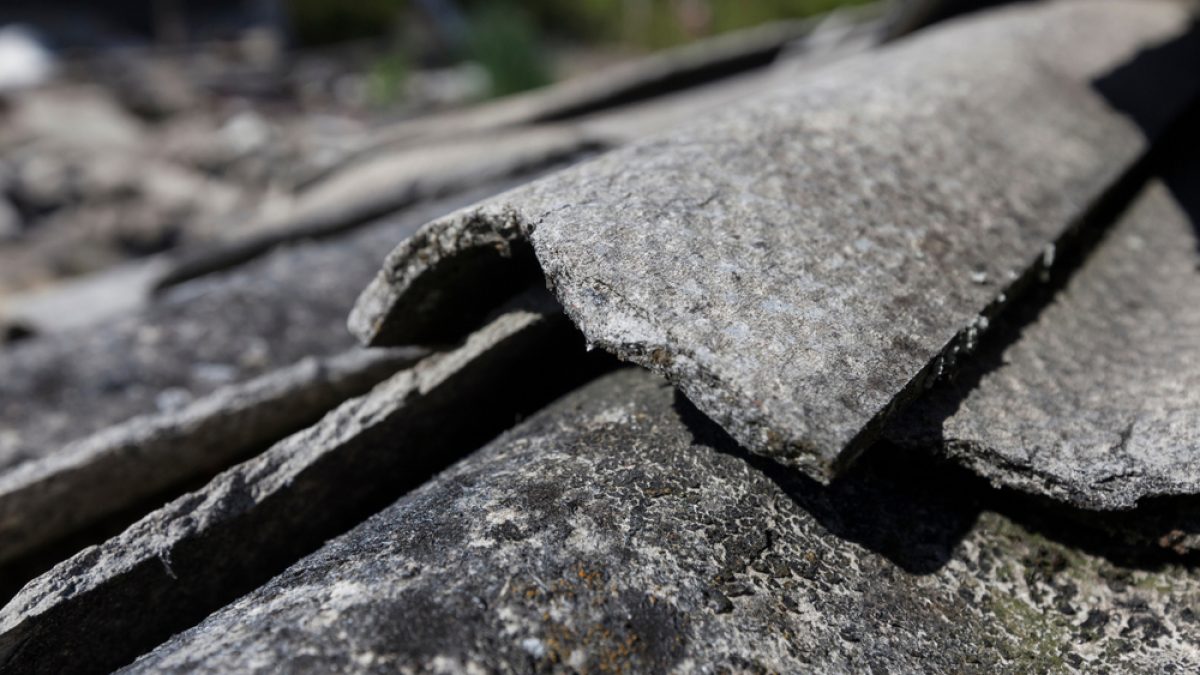
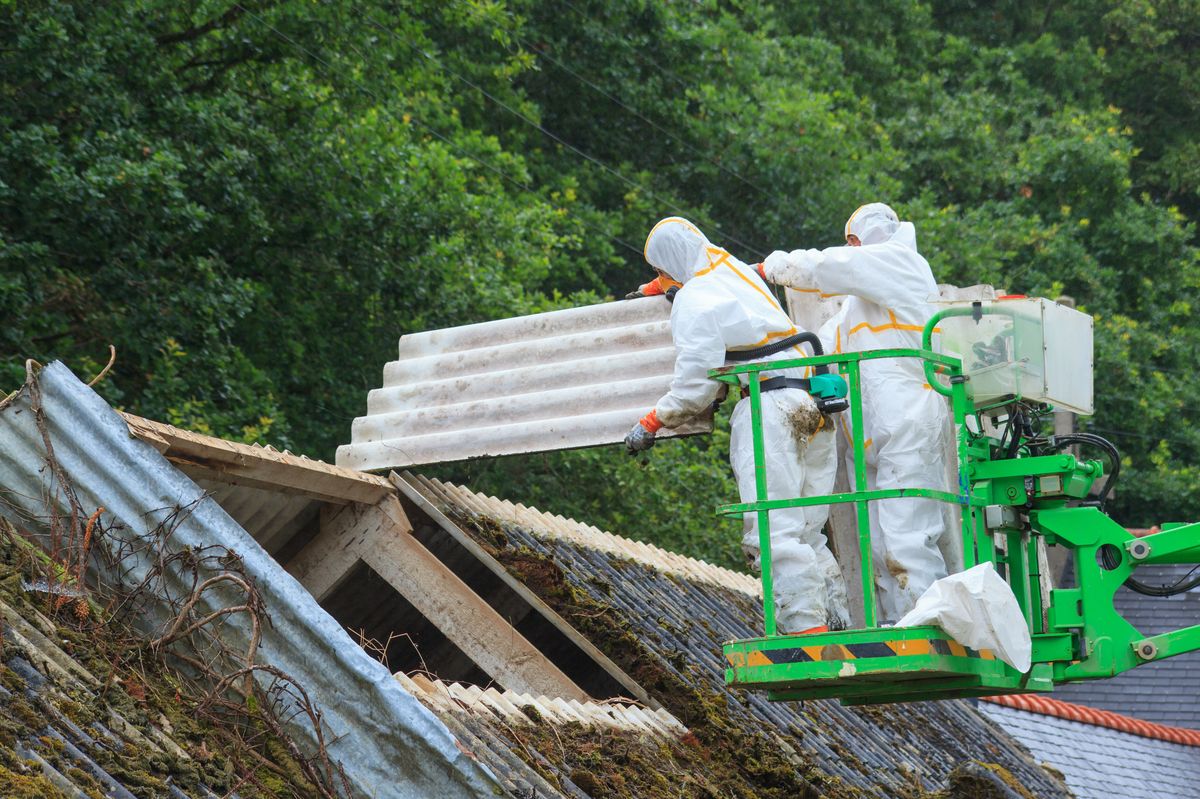
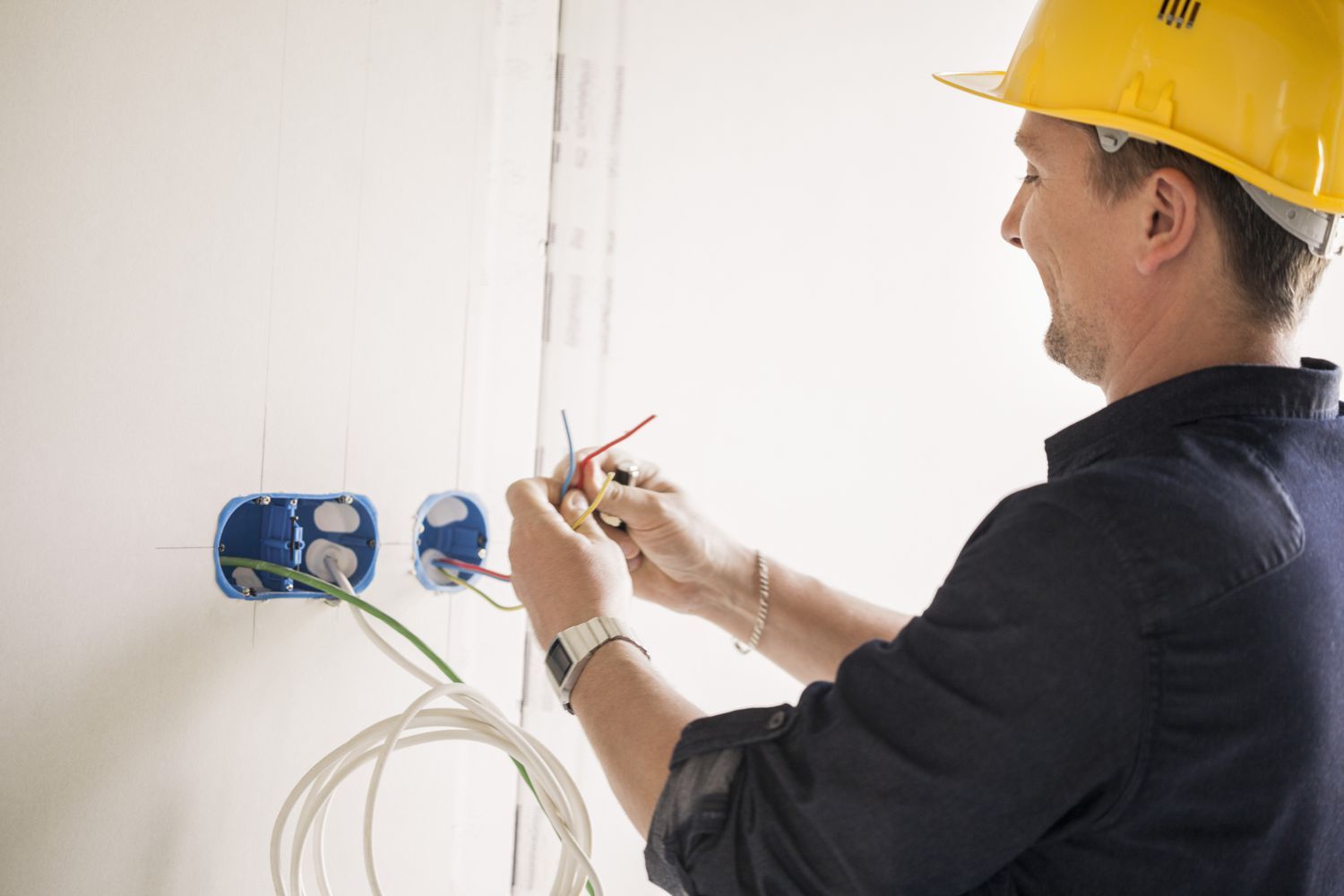
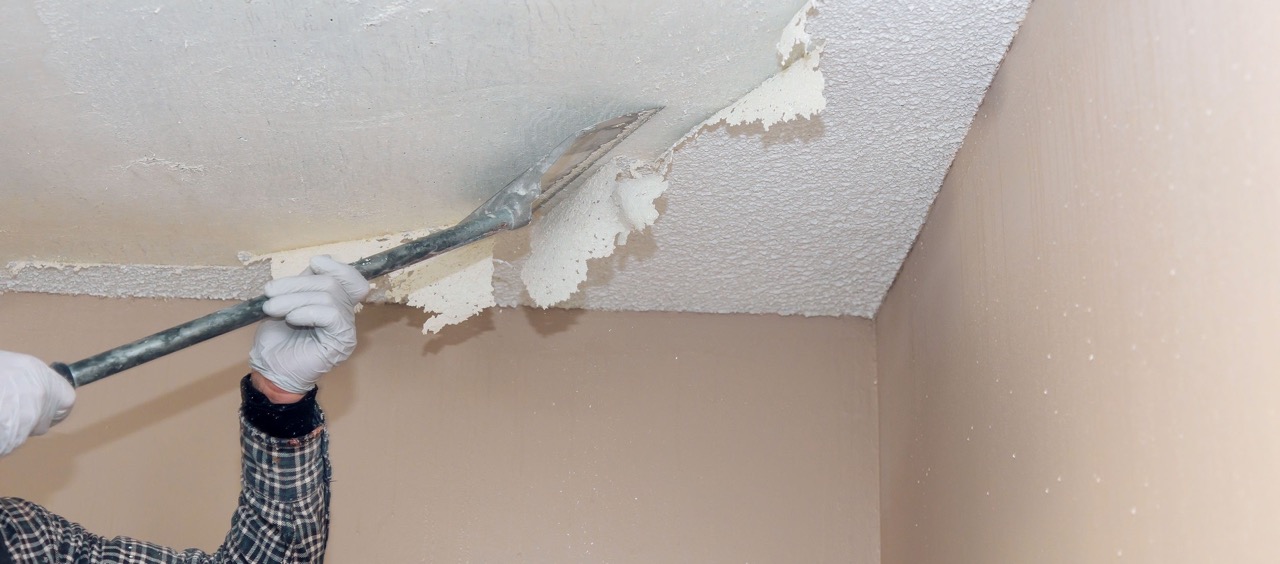
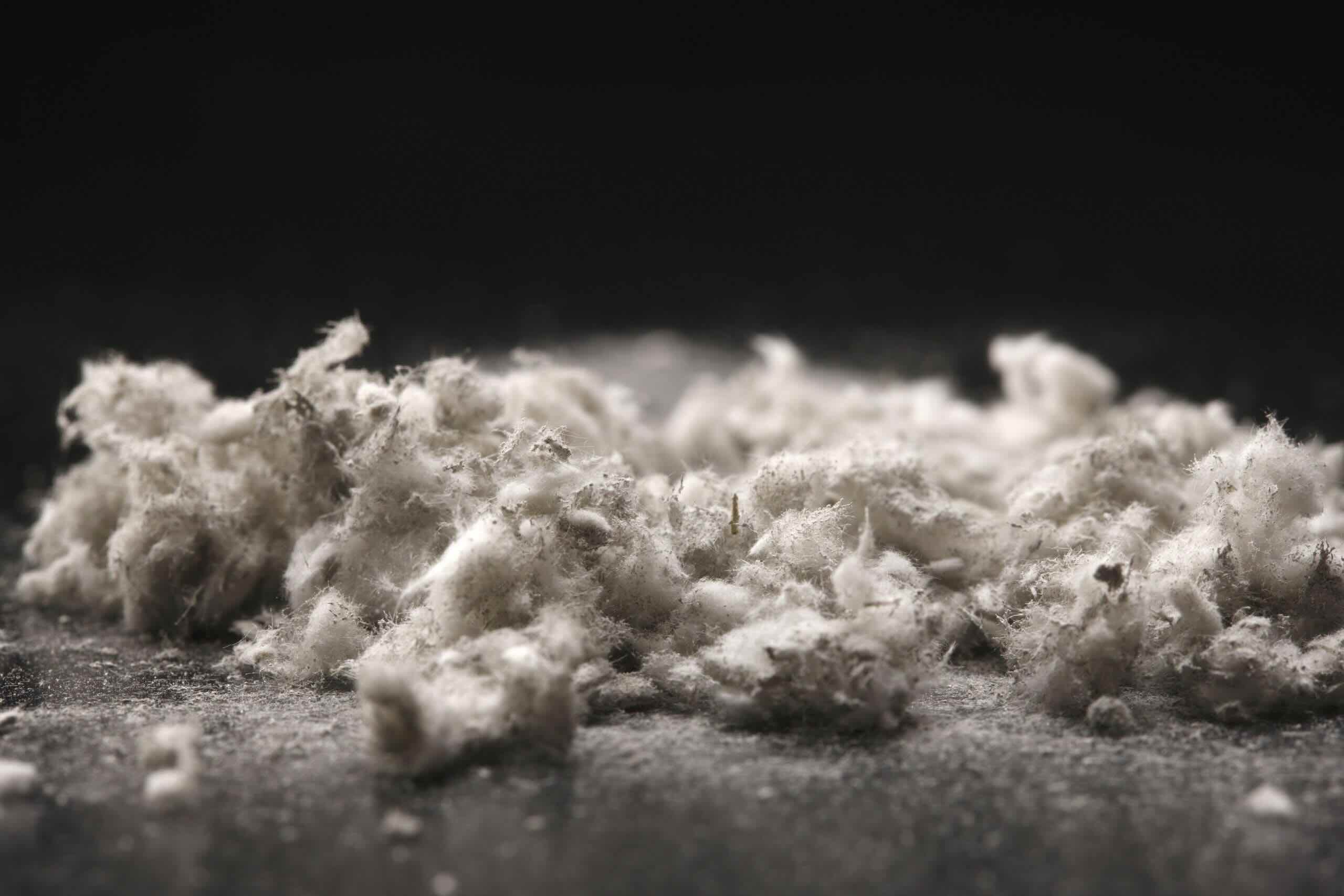
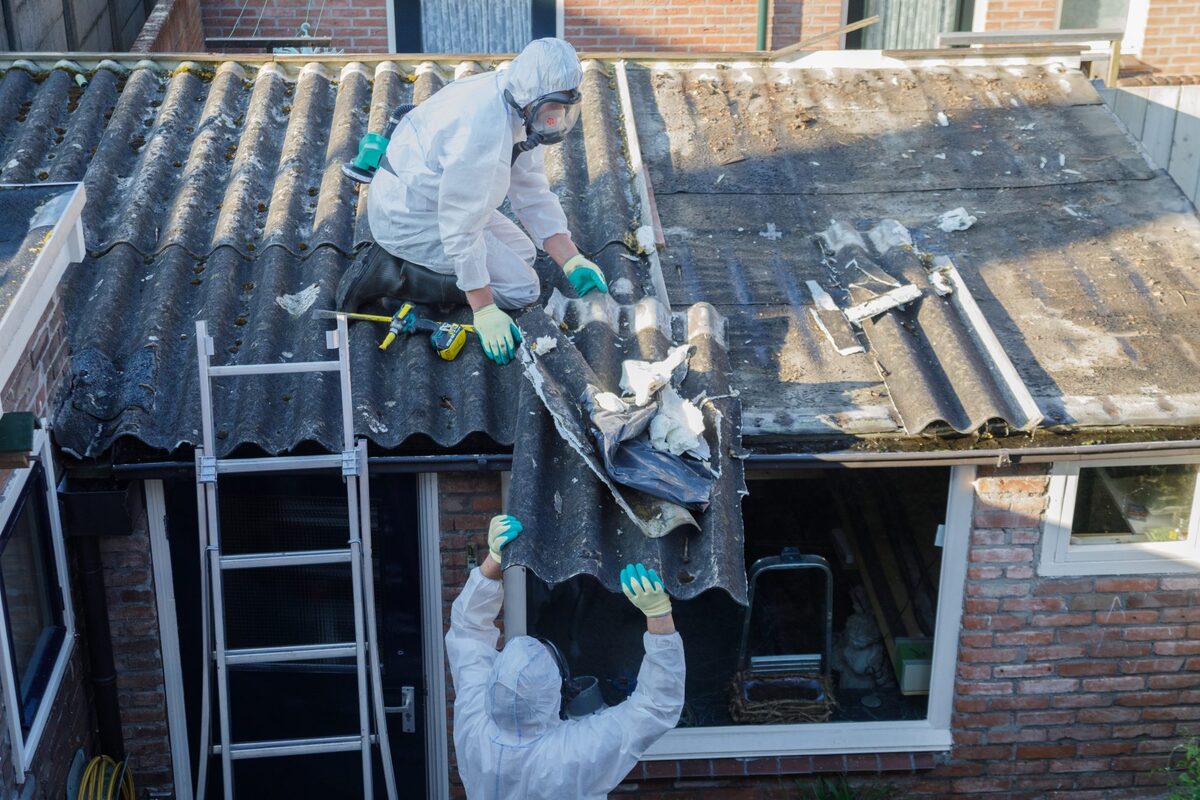
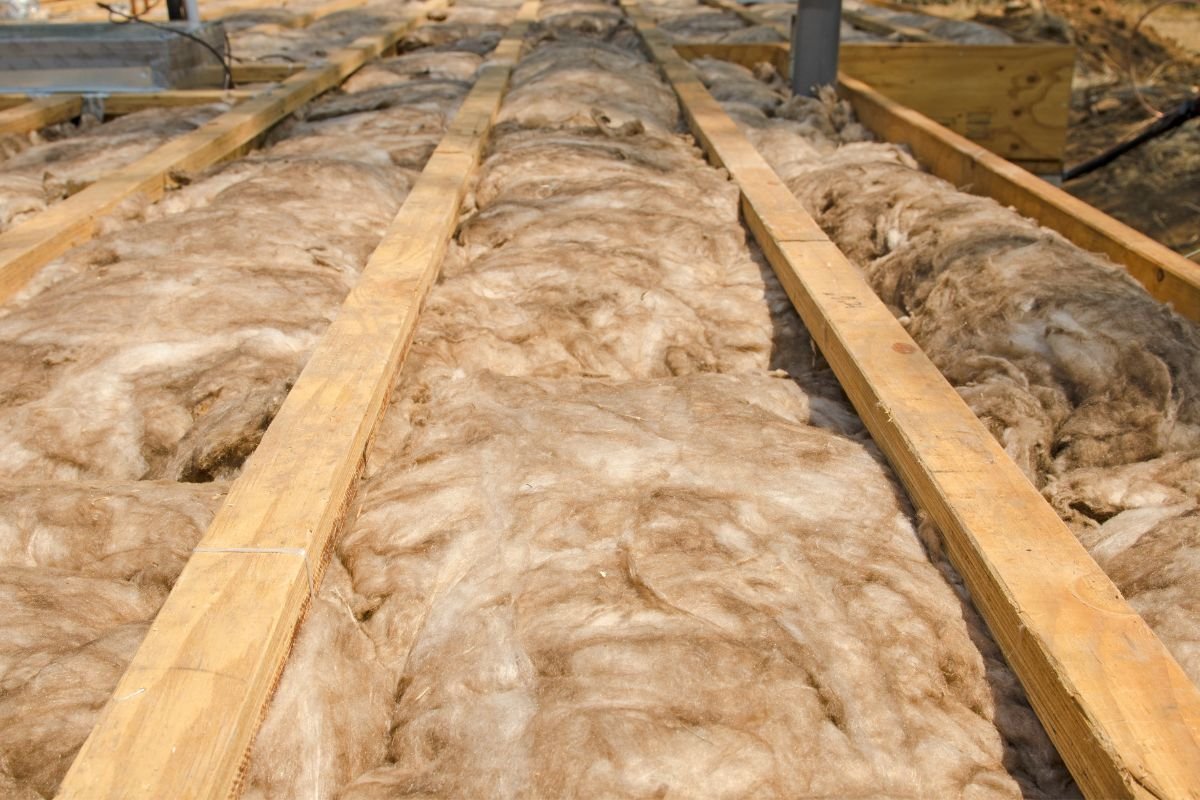
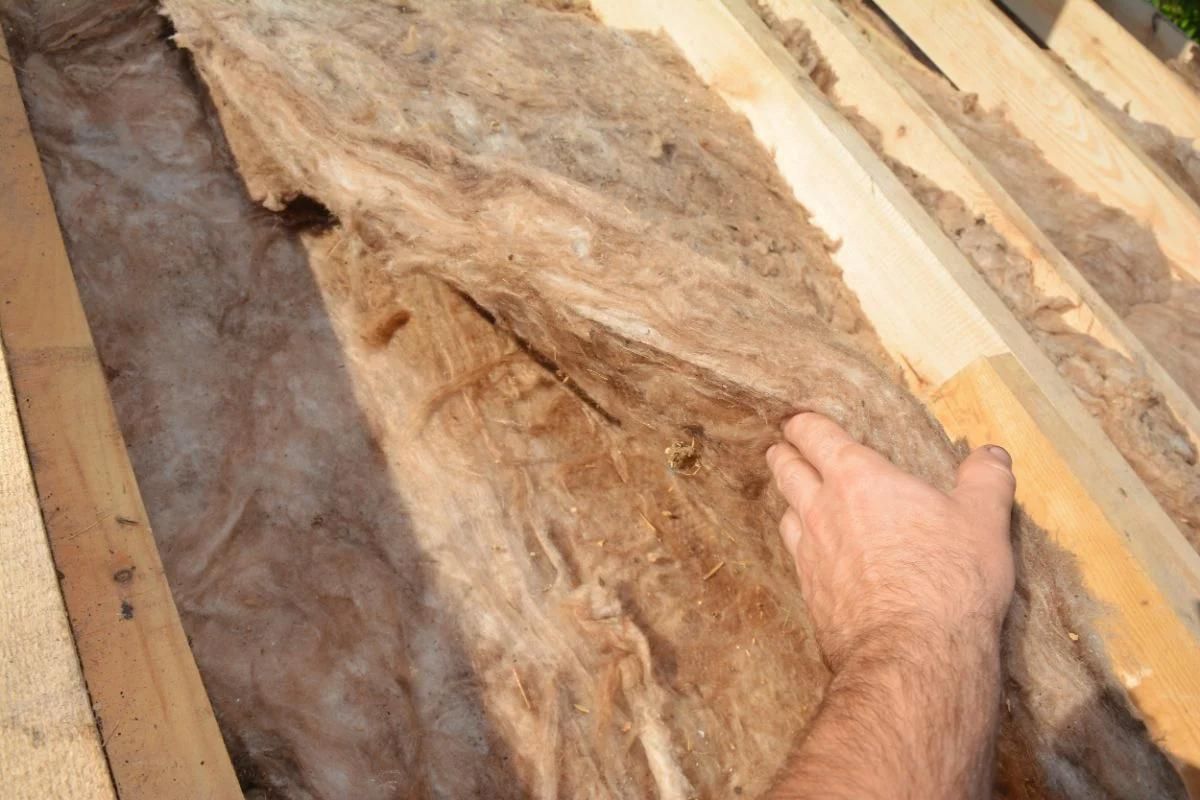
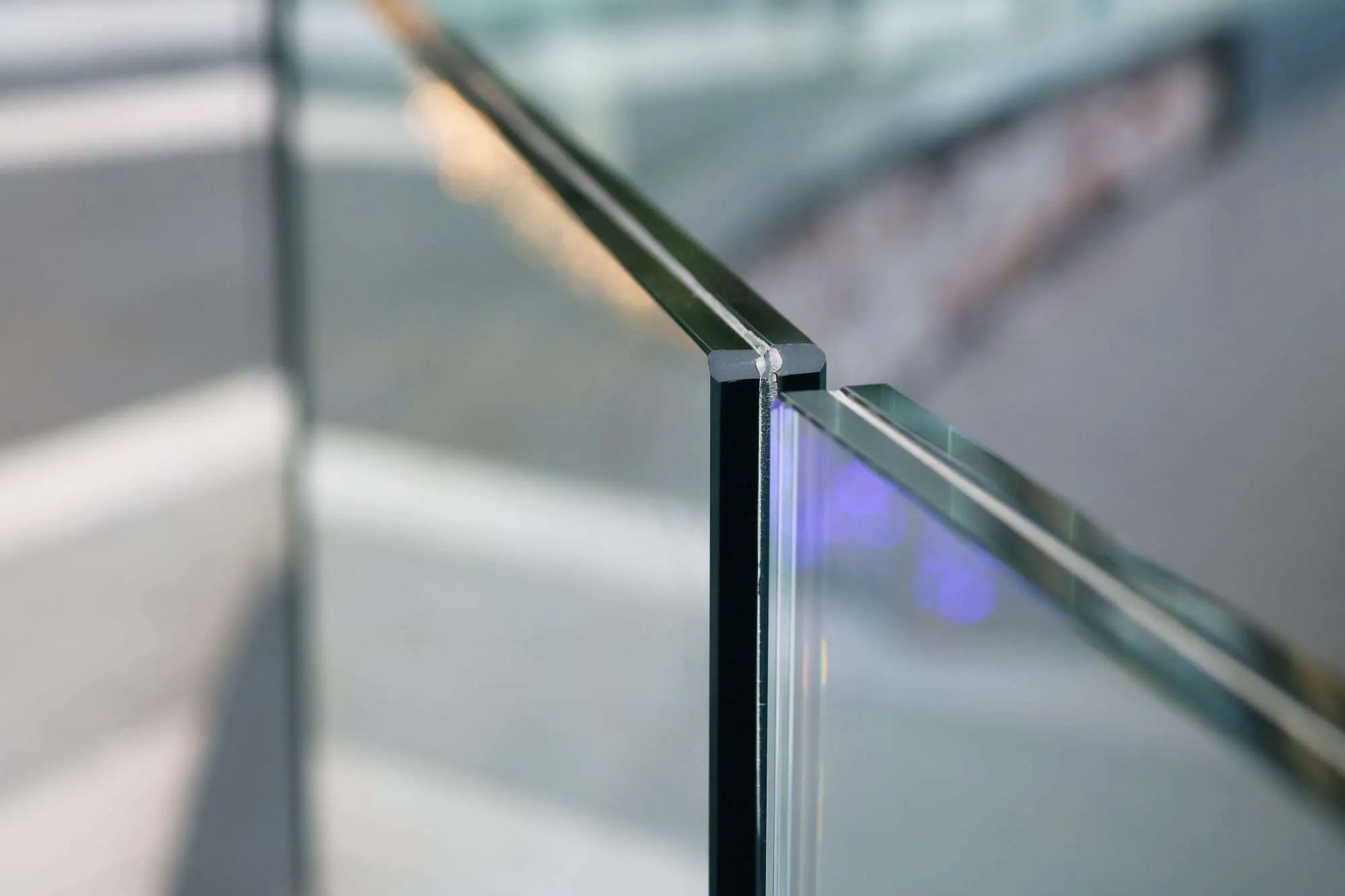
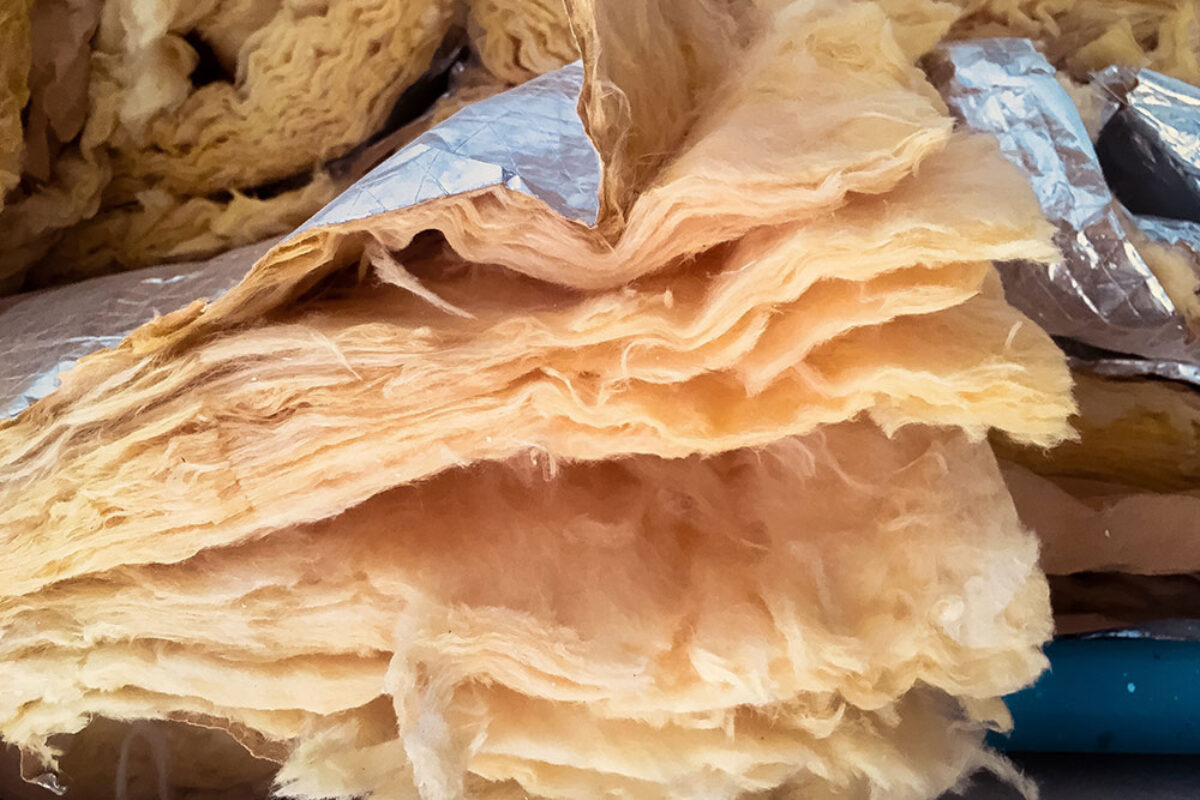


0 thoughts on “How To Tell If Siding Is Asbestos”